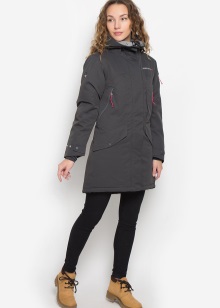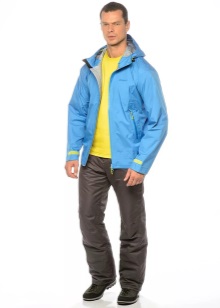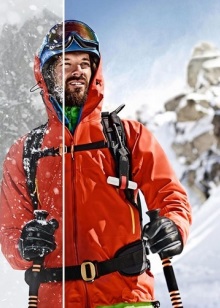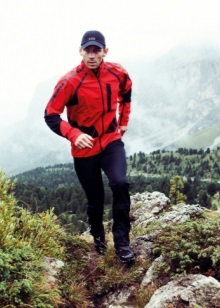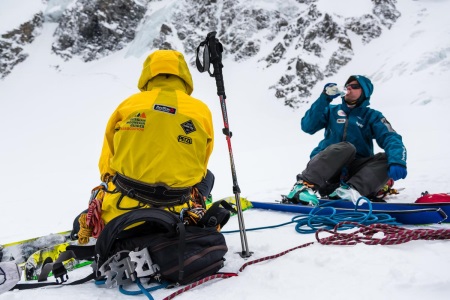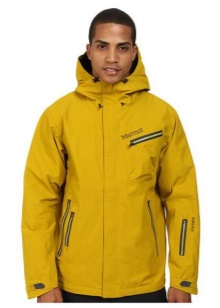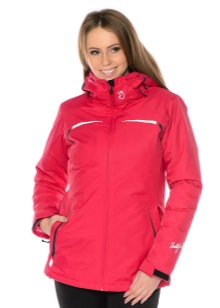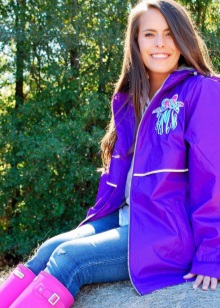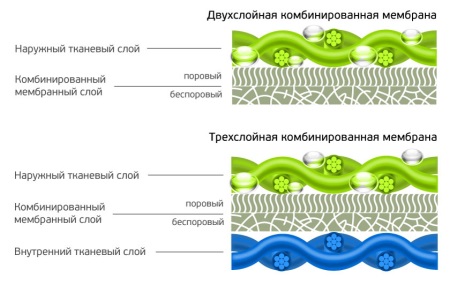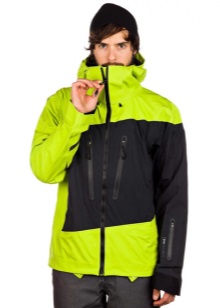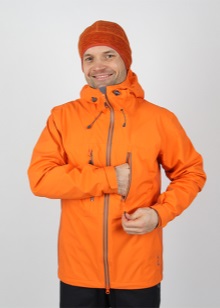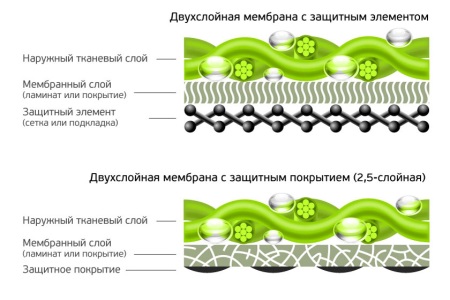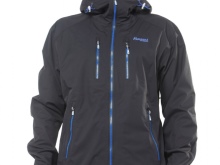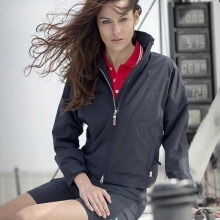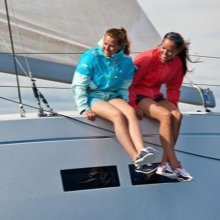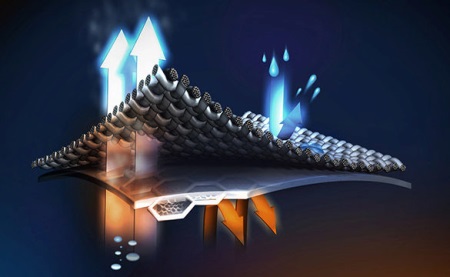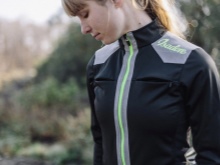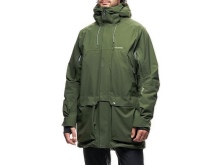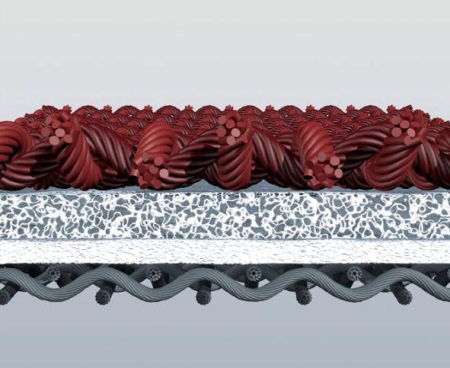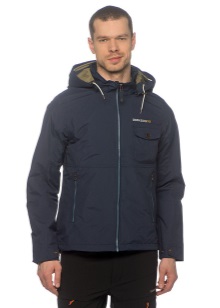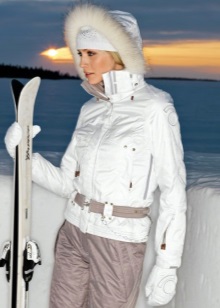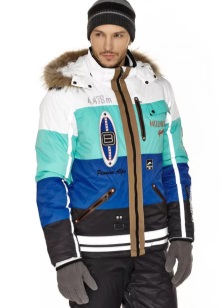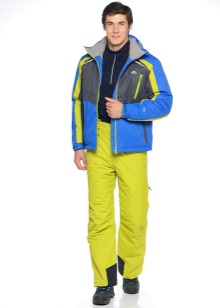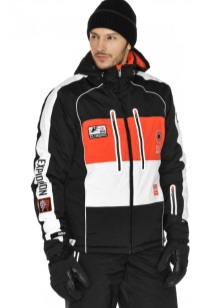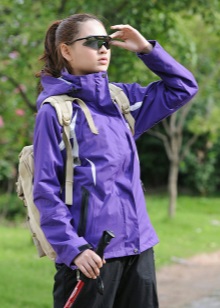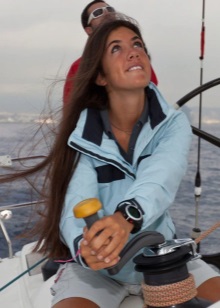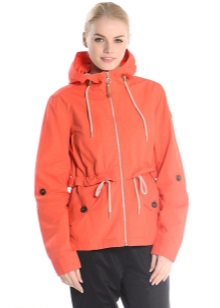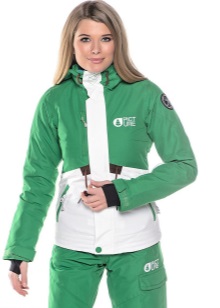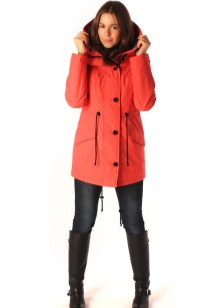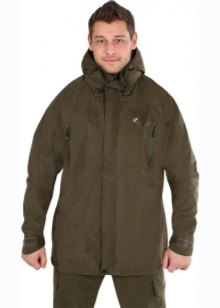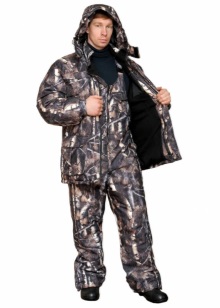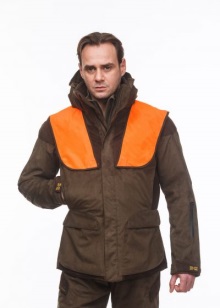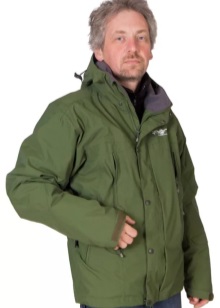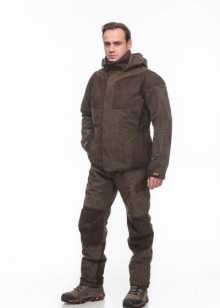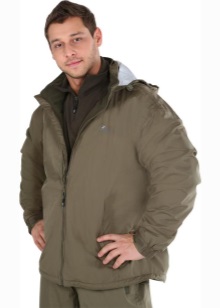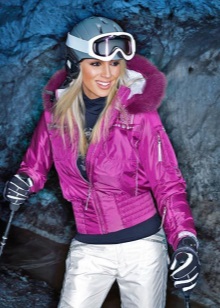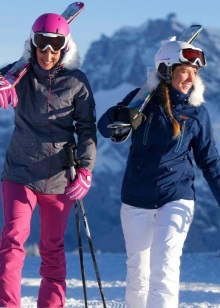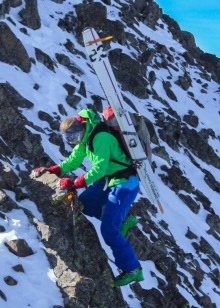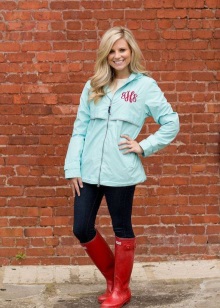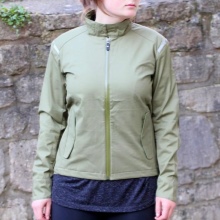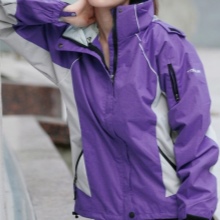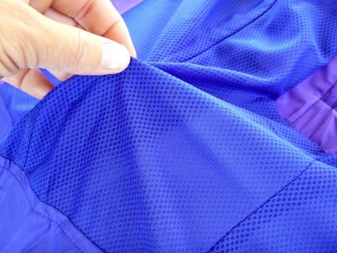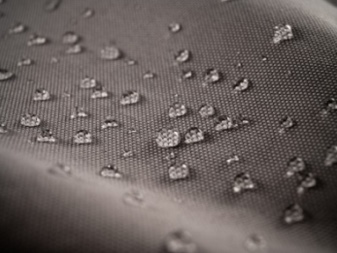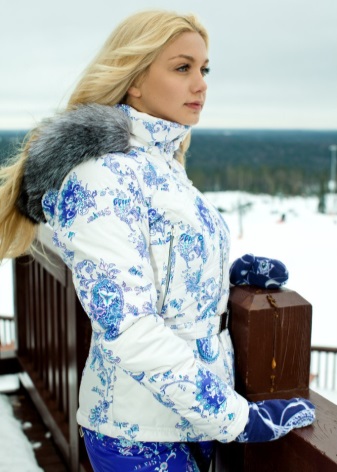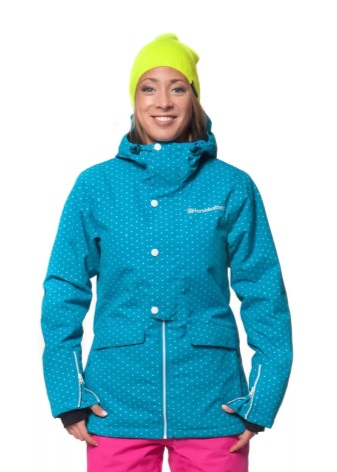Membrane clothing
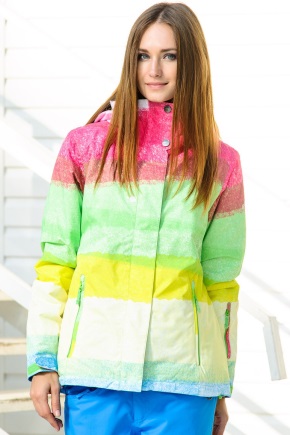
Membrane fabric is a type of material with water-repellent and windproof qualities. Today this fabric is very popular. They make all kinds of clothes from it: from simple jackets to tourist outfits. Different models of clothing have a different price, depending on the field of application, the structure of the fabric, the presence of additional elements.
A bit of history
We can say that the history of the creation of this material began in the distant 1958. It was then that the American chemist Bill Gore, who was the founder of the company W.L. Gore, experimented with Teflon, trying to determine the most appropriate areas of its application. The search for practical use of Teflon took more than 10 years.
Only in 1969, Bill’s son, Bob, was able to obtain a special porous film from Teflon (this result was achieved by acting on the chemical compound of a shock explosion). The resulting film was decided to be used in the field of astronautics (in particular, with its help they planned to create solar sails and coatings for probes). In 1976, Bob Gore patented his invention and greatly expanded the scope of his brainchild. More precisely, he began to make clothes.
For many years, while the patent was valid, the company W.L. Gore was the only manufacturer of special clothes made of membrane fabric. The company Gore put on the market jackets that can protect its owner from moisture penetration and the harmful effects of the wind. Over time, specialized jackets for climbers and representatives of winter sports appeared. A little later, from this material began to make tents.
After the expiration of the patent, more companies began to manufacture membrane clothing. New market players used both the original method of Gore and the new one, which they themselves developed. Gradually, membrane clothing became a mass product, which began to be implemented in many countries. New wardrobe elements have also appeared: jackets, shoes, pants.
Features
Today, the most common element of the wardrobe, made of membrane fabric, are still jackets. In total, there are 3 types of models on the market that differ in the structure of fabrics.
Bilayer fabrics (abbreviated 2L)
A membrane layer of some color (for example, white) is applied to the inner side of such material. Also, a lining is placed on the inside, providing an additional heating effect.
Such models are best suited for the off-season. If you answer the question about what temperature they wear demi-season clothes, then everything is simple - the optimal temperature indicators are + 5- + 15 degrees.
Three-layer fabrics (abbreviated 3L)
The inner side of this material is equipped with a membrane film and mesh. This means that clothing made of three-layer fabric is more comfortable and light (due to the lack of a lining). But lightness makes the material less durable, because of which it requires special care. It is believed that such models are ideal for frosty regions.
Double-half layered fabric (abbreviated 2.5L)
Instead of a lining, an additional layer of pimples provides additional protection to the material. This layer is evenly distributed on the surface of the membrane. Such a device makes the fabric and light and durable.
Varieties of materials
In the manufacture of clothing can be used a variety of materials. The main distinctive features of the membrane fabric itself. These features relate to the ability of the fabric to pass water and steam. In total there are 3 types of material.
Hydrophobic
The fabric is designed so that it almost does not absorb and does not pass water. The waterproof device of material provides reliable protection against a rain and water splashes. In order for the jacket to be able to absorb volatile sweat, a porous surface is attached to the fabric. The pores themselves are of such a size that will allow the sweat vapor to escape, but will not miss the water molecules.
Hydrophilic
This material has no pores at all. A couple of sweat exits through the fibers of the membrane under their own pressure. In other words, the first vapor molecules penetrate inside the tissue, and subsequent molecules simply push them further.
Combined
The most common type of material today. It can be distinguished from the previous two by the structure: the inner side is porous, and the outer side is not. This type of material combines all the advantages of a hydrophilic and hydrophobic variety, but at the same time excludes their flaws.
Other materials
In addition to the membrane fabric, other materials are used to create jackets, pants and sweaters. In particular, manufacturers always use the so-called fabric-frame. It is attached to the membrane component. The practicality and durability of the entire product depends on the quality of the fabric frame.
If the model of the jacket or pants is designed for use in harsh environments, it is additionally equipped with insulation. As a rule, insulation is present in jackets for climbers and skiers.
Manufacturers constantly come up with different designs of such clothes and select all kinds of color decorations. Through this approach, models can be found on the market for both men and women.
Models
On the market there are a variety of models of membrane clothing. The most common element of the wardrobe are jackets, which, in turn, can be represented by three types.
- Sports option for lovers. Despite the name, such models are suitable for both sports and for wearing in everyday life. They are quite light and spacious, because of which there is no stiffness of movements. The protective function of clothing is provided by several waterproof layers. Good steam removal ensures nylon and porous inner surface. On the market, you can choose both male and female models that differ in style and color.
- Hunting option. These jackets are designed for more severe conditions. They are equipped with a zipper with a water-repellent coating and several layers of fabric. The number of seams on such jackets is minimal (the integrity of the products provides them with greater strength). The inner layer of such products is made so as to divert a large amount of sweat vapors (due to the constant load on the hunter).
- Storm version. Jackets for athletes: climbers, skiers, snowboarders. Such models have enhanced protection from moisture and wind. In addition, they provide optimal heat transfer and sweat vapor removal.
As a rule, the last two types of jackets are not sold separately. They are part of a complete set that also includes pants and shoes. Hunting and storm options are the best solutions for tourism and winter outdoor activities. In addition to hunting, presented types of jackets and sets are made for adults and for children.
Advantages and disadvantages
Like any product made by man, membrane clothing has its advantages and disadvantages. Among the indisputable advantages of such a wardrobe are the following points:
- low weight and wearing comfort - because of these advantages, it is very easy to wear and wear jackets, pants and sweaters, they do not hinder movement, allowing you to just walk down the street and do winter sports;
- The unique structure of the fabric - provides the owner of clothing reliable protection from rain and other precipitation;
- universality - membrane clothing is suitable for both winter and autumn-spring period;
- easy removal of surface contamination - dust and dirt can be removed by wiping the surface of clothes with a damp sponge or cloth;
- good vapor permeability - layers of jackets without any problems let the vapors of sweat emitted, due to which a person does not experience discomfort while playing sports (comparison of impregnations allowed to determine that all models of membrane clothing have good vapor permeability).
However, not everything is so perfect. The wardrobe elements made of membrane fabric have the following disadvantages:
- jackets require special care, without which the protective layer will quickly become unusable;
- for optimal heat transfer, special clothing should be under the membrane (this requires parallel wearing of thermal underwear);
- All models of membrane clothing have an increased sensitivity to low temperatures (when the frost is below -20 degrees, the top layer of products may freeze and lose their protective qualities, therefore wearing of jackets is prohibited in this weather).
Care
Washing - this is the most serious moment in the care of membrane clothing. Here you need to follow a number of rules, without which, after the first cleaning, the kit can become unusable. These rules look like this:
- Before starting wet processing all zippers and clothing niches should be closed.
- It is forbidden to use all types of cleaning products and powders (even liquid powder is contraindicated).
- To treat the surface with high quality and safe, you must use soap. Machine wash is strictly forbidden.
- Water temperature should be moderately warm. Both high and low temperatures can damage the film structure (this means that such products are also forbidden to steam off).
- It is strictly contraindicated ironing and spin after washing. You just need to hang the clothes and let them dry on their own.
After washing, jackets, pants and jackets should be hung on a hanger. For greater protection of things from external factors, it is recommended to wrap them with polyethylene. During long-term storage, you must periodically take out your clothes and clean it from dust (otherwise, the pores that remove the sweat vapor can become blocked). In addition, in the absence of systematic cleaning, the outer surface of the products may deteriorate.
